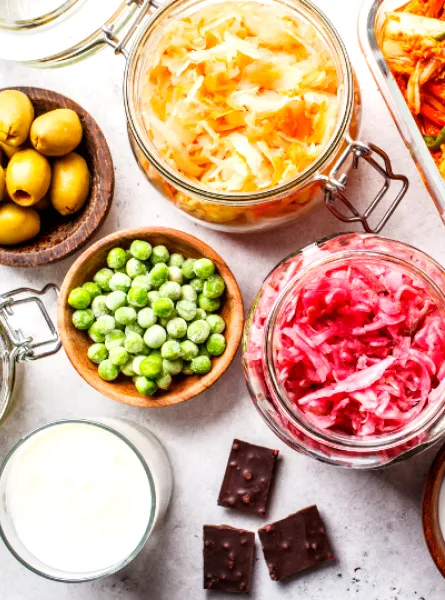
More and more people are turning to a gluten-free diet these days, whether for health reasons or personal choice. Among the gluten-free grains are rice, corn, buckwheat, quinoa, millet, sorghum, fonio, teff, and more.
Who Goes Gluten-Free?
The Necessity of Gluten-Free
For some people, such as those with celiac disease, it's essential to remove gluten from their diet. Celiac disease is a serious autoimmune condition that causes damage to the small intestine in response to gluten consumption. For these individuals, completely eliminating gluten from their diet is imperative to maintain their health.
Gluten Sensitivity
Other people may not have celiac disease but still experience uncomfortable digestive symptoms after consuming gluten. They are known as non-celiac gluten-sensitive individuals. For them, switching to a gluten-free diet can improve their quality of life by reducing symptoms.
Personal Choice
Some individuals choose to follow a gluten-free diet by personal choice. This can be motivated by a quest for overall well-being, a reduction in carbohydrates, or simply preference.
Nutritional Considerations
When you adopt a gluten-free diet, it's crucial to ensure that you still get all the nutrients your body needs. Gluten-free products can sometimes lack certain vitamins and minerals.
Here are 5 strategies to implement to avoid nutritional deficiencies when adopting a gluten-free diet:
- Consult a Dietitian: The first important step is to consult a registered dietitian to assess your specific nutritional needs and adjust your diet accordingly. Additionally, they can help you learn to identify hidden sources of gluten using nutritional labels.
- Diversify Your Diet: Use a variety of gluten-free substitutes to avoid relying excessively on a single type of product. Teff is a particularly interesting alternative, rich in proteins, fibre, and minerals, making it a very appealing choice. It is available in the form of flour or grains and can be easily incorporated into recipes. Here's a recipe for homemade gluten-free teff grains bars.
- Opt for Fresh Products: Favour unprocessed foods such as fruits, vegetables, lean meats, fish, eggs, legumes, nuts, and seeds that are naturally gluten-free and rich in nutrients.
- Choose Enriched Gluten-Free Products: Look for gluten-free products enriched with vitamins and minerals, such as gluten-free cereals enriched with iron, calcium, and B vitamins. This can help fill nutritional gaps.
- Ensure an Adequate Fiber Intake: A gluten-free diet limits food options, but that's no reason to reduce fiber intake. A great option is to incorporate legumes such as beans, chickpeas, or lentils into your diet. In fact, some flours use legumes as a base, providing a way to replace regular gluten-containing flour. Here's a pancake and waffle mix made from teff flour, a highly interesting product from Berhan Grains!
In summary, it is entirely possible to follow a gluten-free diet while maintaining a balanced and nutritious diet. However, this requires careful planning, nutritional education, and professional guidance to avoid nutritional deficiencies. Feel free to make an appointment with a registered dietitian from TeamNutrition to customize your meal plan according to your specific needs.





